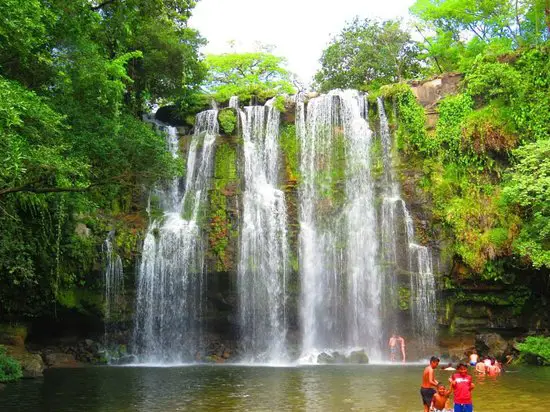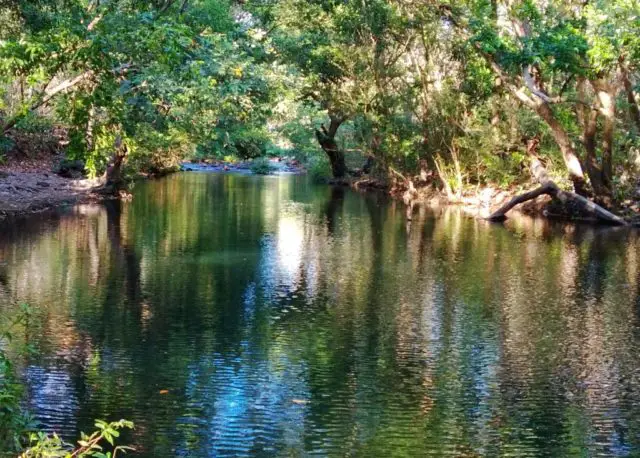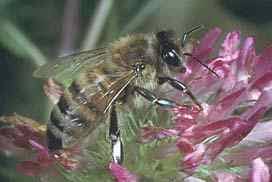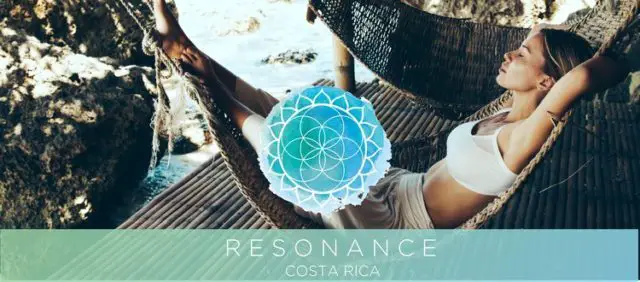
The “Lomas Barbudal Reserve”, better known as the “Insect Park”, due to the immense variety of insects that can be found; More than 240 species of bees and 60 species of moths have been classified near the park. With an extension of 2,645.71 ha. This reserve is part of the Tempisque Conservation Area and is located in the southwestern part of Bagaces, north of Liberia in the province of Guanacaste.
This reserve protects interesting examples of the dry tropical forest, with certain evergreen patches of tropical rainforest and riparian forest. It is possible to find endangered arboreal species, such as Mahogany and the Secolla.
Location.
It is located in San Ramón de Bagaces, 18 km southwest of the city of Bagaces; north of Liberia province of Guanacaste, from the Pijije crossing continue 6 km, according to the signaling.
Creation.

The Lomas Barbudal Biological Reserve was created on March 5, 1986, to protect attractive specimens of tropical dry forest, along with sections of shrubs and riparian forests. This reserve is part of the Tempisque Conservation Area and it is within the life zones Tropical Dry Forest transition to wet and Wet Forest Premontano transition to basal. Its average temperature is 27 degrees Celsius and its precipitation is 2200 mm annually.
Within the main objectives of the reserve, the decree is: “to protect interesting specimens of the dry tropical forest due to the high deforestation in its area of influence, rich in insect species, particularly bees, wasps and day and nocturnal butterflies with certain evergreen patches of rainforest and riparian forest. The protection of several tree species and animals in danger of extinction and protect 30 springs of water and therefore the Cabuyo River and Barbudal River basin”.
General description.
Barbudal has several plant habitats such as the wooded savanna, the evergreen forest, the riparian forest that is next to the watercourses and the dry tropical forest, the latter being the largest one. The savanna is an open area, covered with grasses and trees scattered throughout the area.
The Lomas Barbudal is ignimbritic plateaus that end in rocky escarpments of up to 125 meters in their contact with the Tectonic depression of the Tempisque River. These plateaus cover Bagaces from La Cruz and originated along fissures at the foot of the volcanoes of the Guanacaste mountain range, approximately one million years ago.

The ignimbrite is a kind of acidic, clear porous and low-density rock. On these rocks, as well as in the alluvial deposits, four natural communities have been developed: the deciduous forest, the gallery forest, the riparian forest, and the wooded savanna.
Within the park there are several natural pools where some species of fish can be found, visitors can bring a mask and snorkel to enjoy underwater views. This oasis of aquatic life is located 300 meters upstream from the visitor entrance.
Reserve Habitat.
In this ecological reserve there are seven different habitats:
In the deciduous forest, which occupies 70% of the reserve, endangered species such as mahogany (Swietenia macrophyllia), the ñambar (Platymiscium parvifloru) and the cocobolo (Dalbergia retusa) are common.

The riparian forest, which forms a strip along the rivers and streams, is considered the densest and diverse area and is especially rich in solitary wasps. The savanna, covered by grasses, is dotted with trees; among them are some of the largest Nances (Byrsonima crassifolia) that exist in Costa Rica. The xerophytic or extremely dry forest, very rich in cacti and terrestrial bromeliads, the oak forest (Quercus oleoides) and the forest in regeneration.

